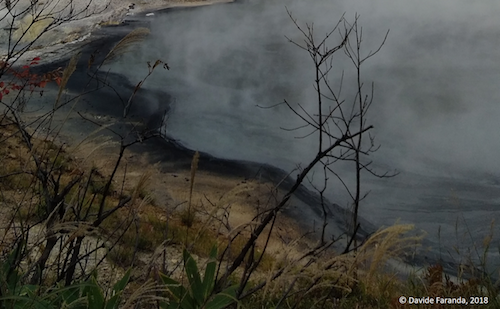
On Nature Communications, an innovative research on the relations between sea temperature and weather forecasts. The results of an experiment realized by a European research team, with the participation of the CMCC Foundation.
“The Hammam Effect” is when the ocean, 4°C warmer than the temperature observed at the end of the nineteenth century, alters the atmosphere’s chaotic nature while simplifying weather forecasts.
It’s the result of the latest and innovative climatological experiment realized by a European research team lead by Davide Faranda (LSCE, France); among them, Carmen Alvarez-Castro, researcher at the Climate Simulation and Prediction (CSP) Division of the CMCC Foundation – Euro-Mediterranean Center on Climate Change. The research has been recently published on the prestigious journal Nature Communications, with the title: “The hammam effect or how a warm ocean enhances large scale atmospheric predictability”.
A large amount of data to be analyzed, many climate models (among them, the models developed by the CMCC Foundation for the CMIP5 experiments that contributed to the last IPCC Assessment Report on Climate Change) allowed researchers to study sea-level pressure and sea-surface temperature data for the period 1850-2100.
A warm ocean enhances weather predictability but, as researchers point out, these climatic conditions correspond to significant changes in weather regimes and therefore in rainfall regimes. As observed in the simulations, this could lead in the future to very different climate and weather conditions.
Davide Faranda, M. Carmen Alvarez-Castro, Gabriele Messori, David Rodrigues and Pascal Yiou. The hammam effect or how a warm ocean enhances large scale atmospheric predictability. DOI: 10.1038/s41467-019-09305-8, Nature Communications, 2019.


